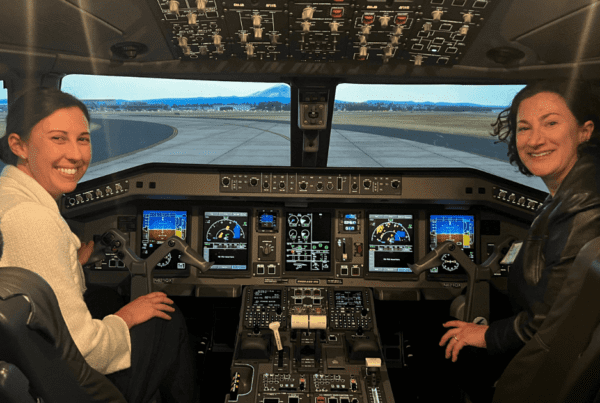Some patients whose conditions greatly affect their quality of life find relief from physical medicine and rehabilitation (PM&R), also known as physiatry. PM&R providers work with their patients to help them reestablish function if they have been disabled due to a disease, injury or disorder.
Evelyn Qin, MD, MPH, chief resident of the UW Medicine PM&R residency program, Department of Rehabilitation Medicine, hopes to spread the word about the importance of art in medicine. Research shows that incorporating art, such as through art or music therapy during a patient’s hospital course, can assist in their recovery.
In a recent article with the Association of Academic Physiatrists, Qin highlights the growing evidence that suggests the integration of the arts and humanities within medical education leads to better outcomes, including the promotion of well-being, better communication, teamwork opportunities and health and racial equity.
Get to know her and why she encourages providers to add art to their rehabilitation skillset.
What interests you most about the intersection of art and medicine?
I find art and medicine can be complex and beautiful. People sometimes say that practicing medicine is an art, and I feel this is true. Like art, the information we see can be interpreted in different ways, and there isn’t always a perfect way to do something in medicine.
Furthermore, in my medical training, I have found certain parts of diseases, anatomy, imaging and procedures parallel to things I’ve seen in nature or the world, which has inspired me to create art that often represents both.
When did you join UW Medicine and start your residency?
I did an intern year at the University of Iowa Hospitals and Clinics from 2019-2020. I started my physical medicine and rehabilitation residency at UW Medicine in 2020 and will graduate in 2023.
What type of research are you currently doing?
Currently, I have been doing research with James Andrews, MD, and Aaron Bunnell, MD , about the functional outcomes of patients who have been hospitalized with COVID-19 and complications of COVID-19 such as ICU-acquired weakness. This research excites me because of how significant of an impact COVID-19 has had in all of our lives in the last few years, and our research is helping us understand how patients recover from COVID-19. This may help guide us in our ability to care for the millions of people and their families affected by the illness.
How do you hope to inspire other PM&R providers?
I hope to show other PM&R providers that our passions and interests outside of medicine can help us and our patients in our clinical practice. I have been able to share my art with patients and my colleagues as a way of showing appreciation for the work they have done. Furthermore, I’m interested in cancer rehabilitation, which is a field within PM&R that is growing. I want to show the other PM&R providers and those outside of PM&R how valuable our knowledge and skill sets can be in a wide spectrum of patients.
What would you say to a provider whose patients might benefit from PM&R?
If you think you have a patient who has or might have a condition that could affect their function or quality of life, such as cancer, brain injury, spinal cord injury, stroke, pain or more, they can benefit from working with a PM&R provider. We can evaluate individuals through a unique lens that focuses on optimizing their function, which in turn may improve their quality of life through things such as decreased pain, improved mobility, general function with activities of daily living, cognition and more. In addition, we have a large team of therapists and providers that we work closely with that can help support these patients. Improving one’s function allows an individual not only to participate in their own health but also to make the most of their lives.
Do you have any patient stories of people who have benefited from this practice?
Many patients I have worked with have benefited from working with physiatrists and our rehabilitation team. For example, I recently had multiple individuals with metastatic cancers, either to the brain or spinal cord, which caused them to be in the hospital for longer. Due to the location of the cancer and the long hospitalization, it resulted in impaired movement in their arms and legs and affected their thinking. This made it difficult to walk on their own and to perform daily activities such as getting dressed, bathing and grooming — things they could previously do.
After getting intensive rehabilitation therapy at our inpatient rehabilitation unit, they improved some of their strength and function and were able to get home safely. Without these therapies, their discharges and recoveries could have been prolonged, and it could have taken them longer to get back to the things they truly cared about, such as their families, friends, leisure activities and more. All these patients and their providers have expressed appreciation for the value PM&R, and the rehabilitation team provides to this population. Lastly, I like to gift a piece of art to these patients upon discharge from rehab as a reminder of how far they have come and to provide encouragement as they continue their recovery.
Qin’s personal art gallery can be found here.


